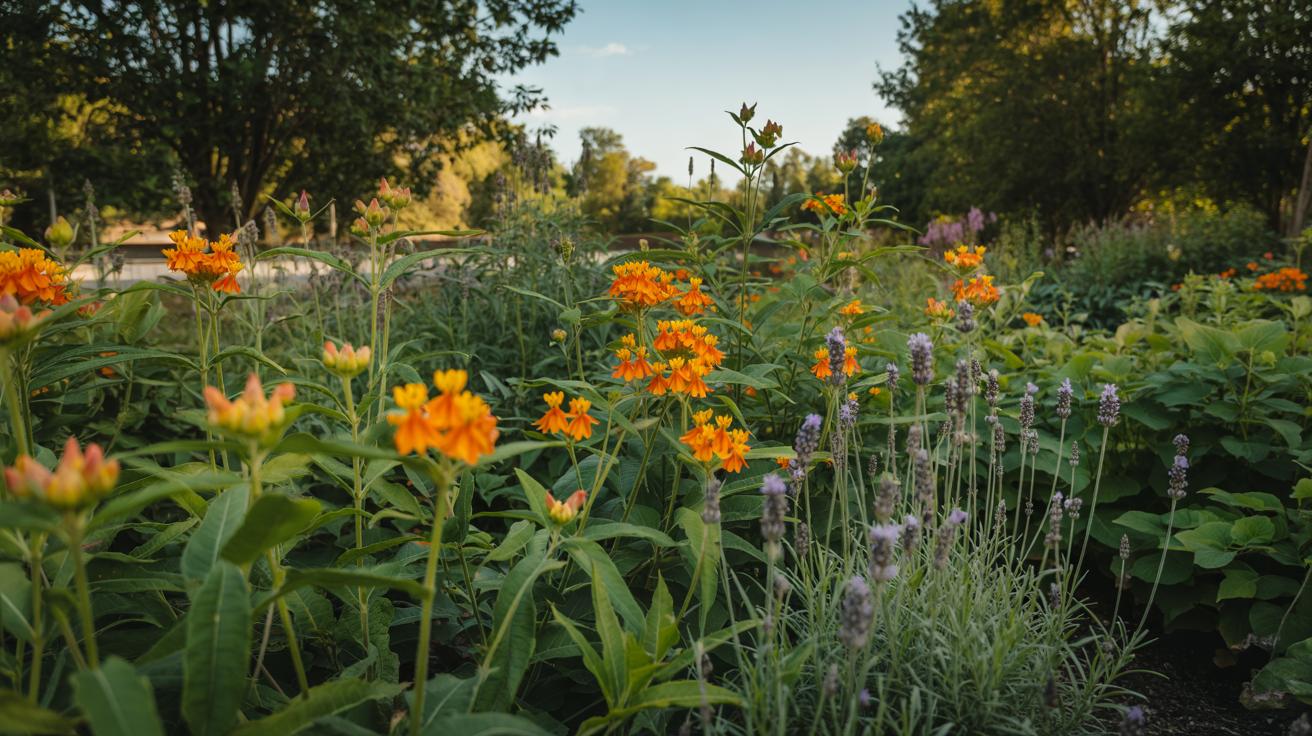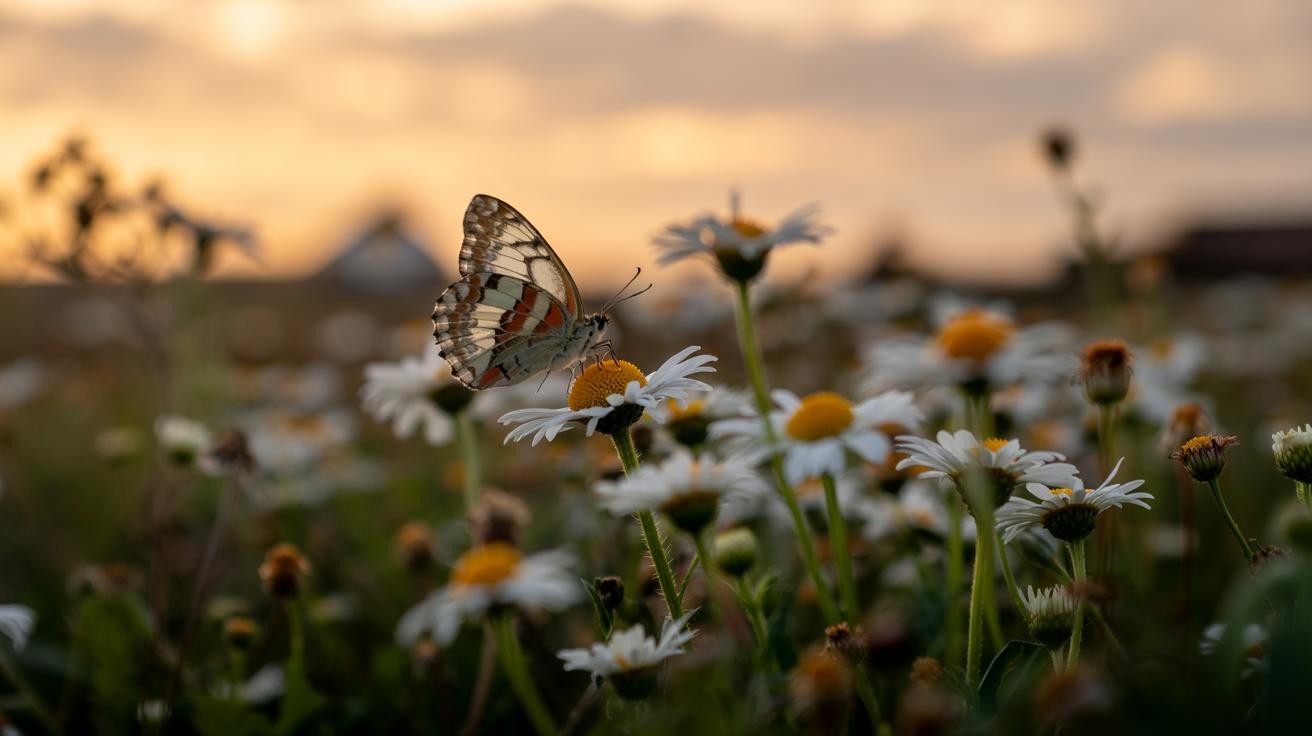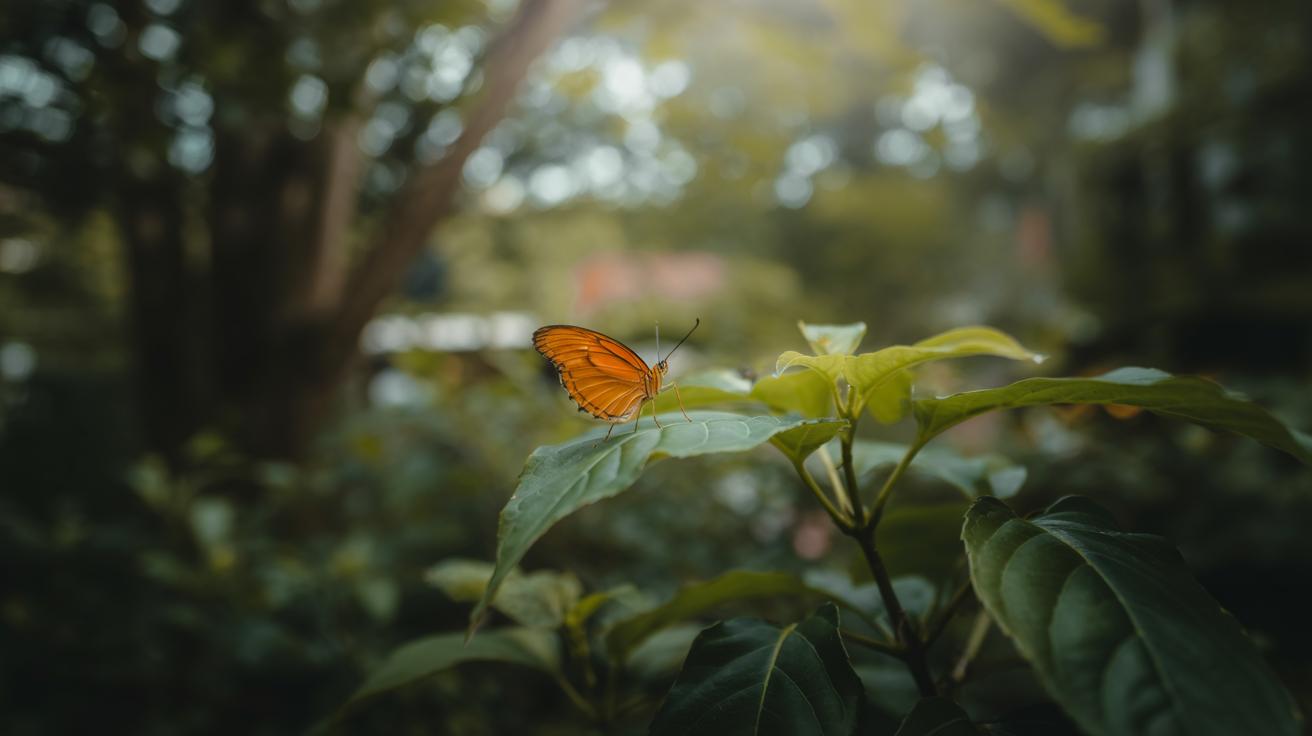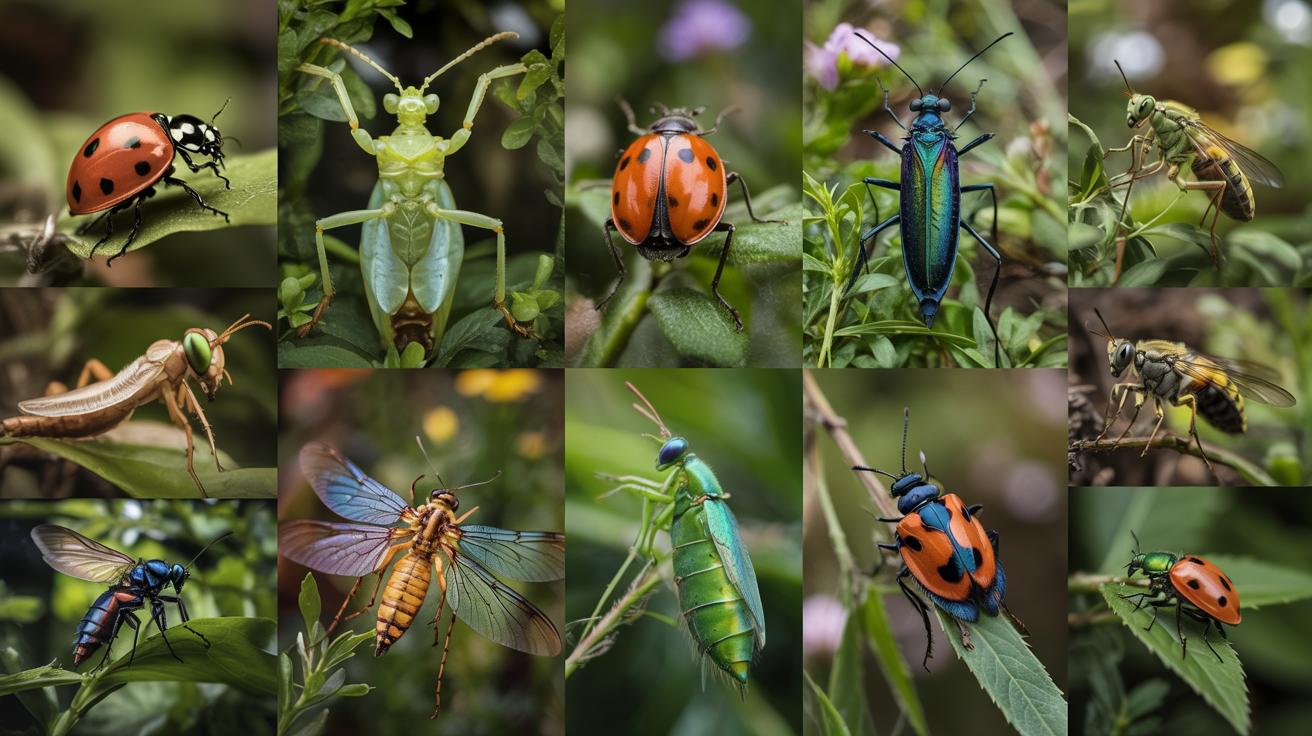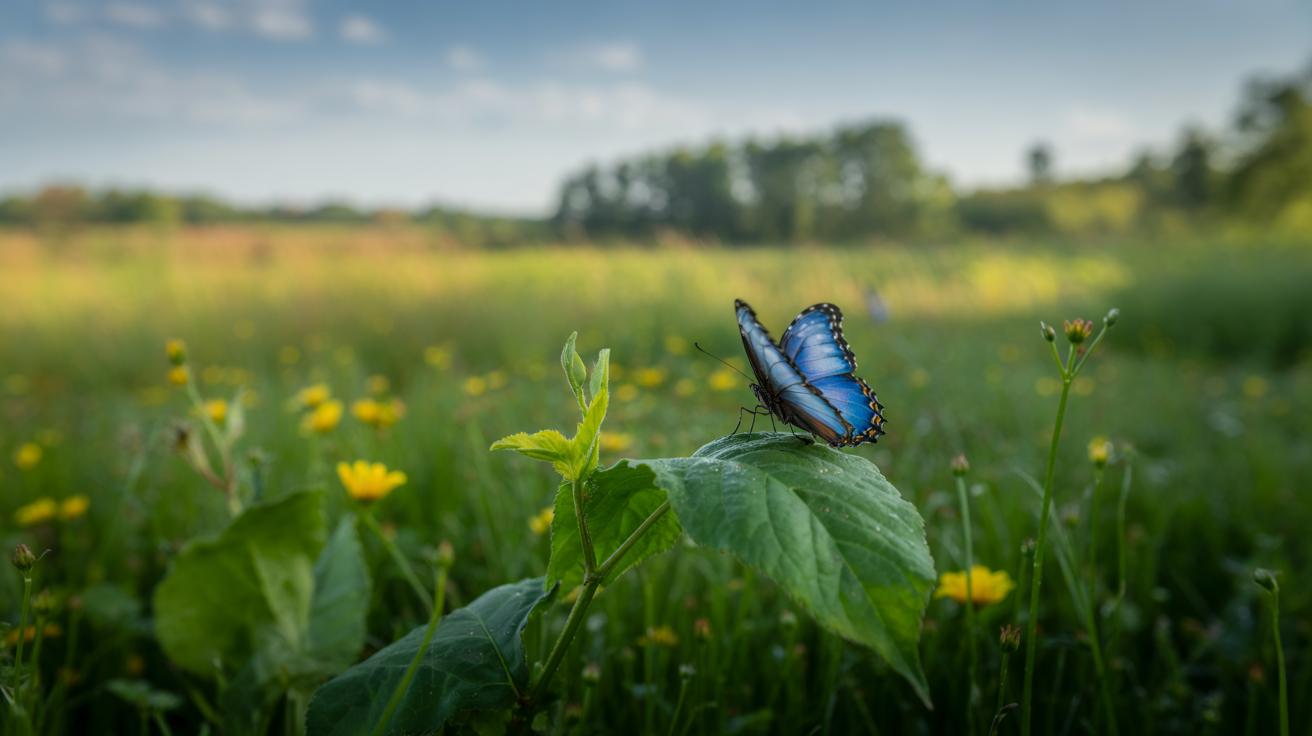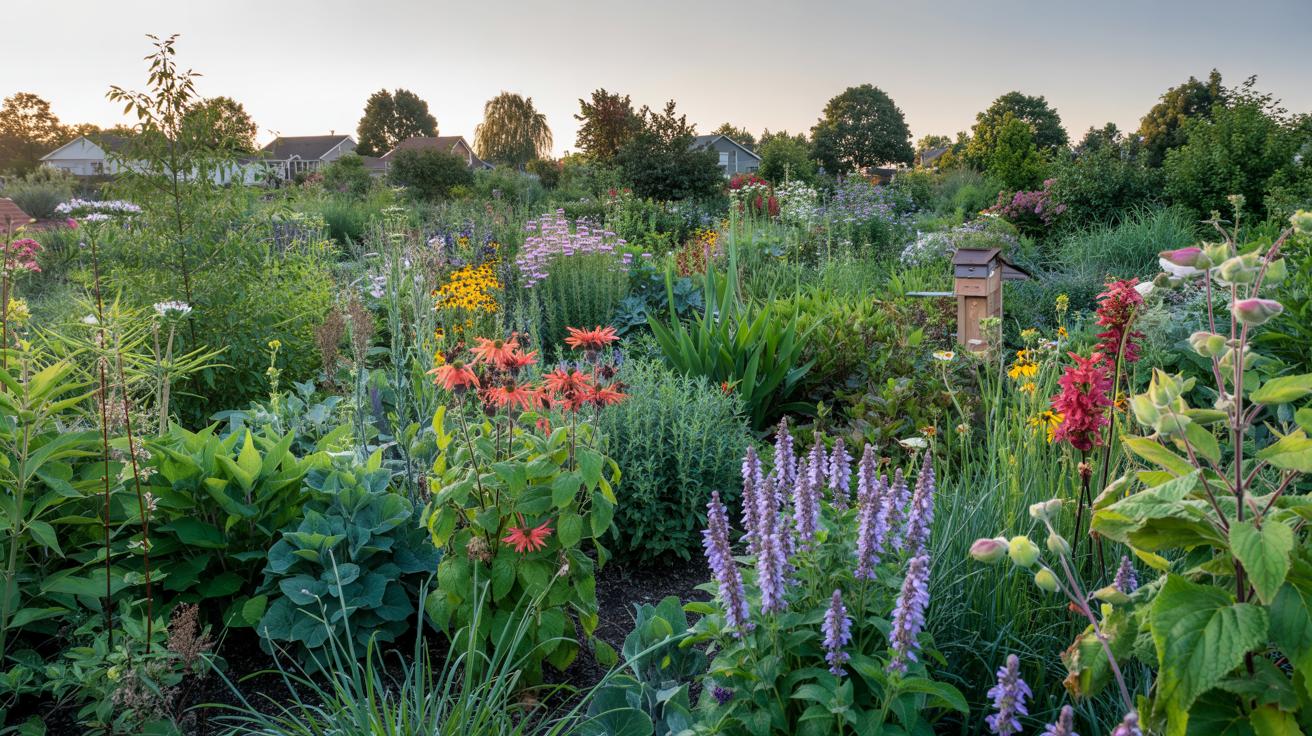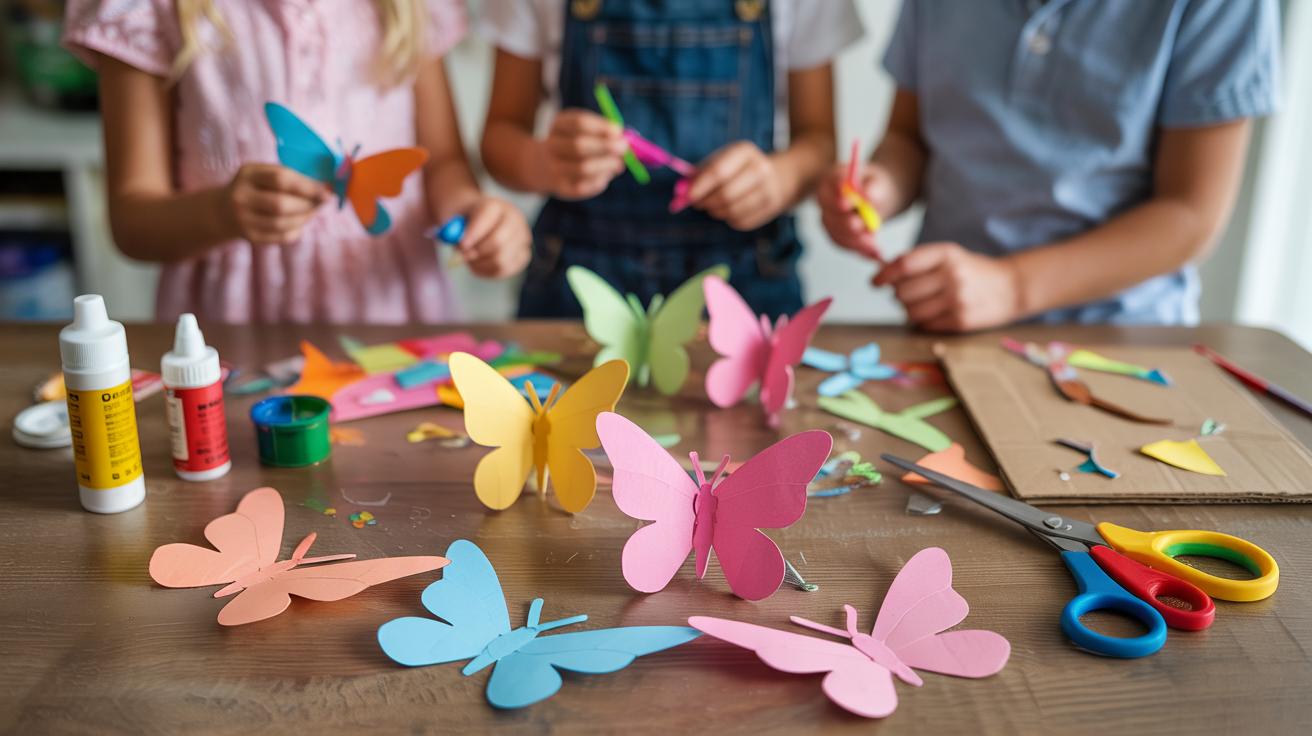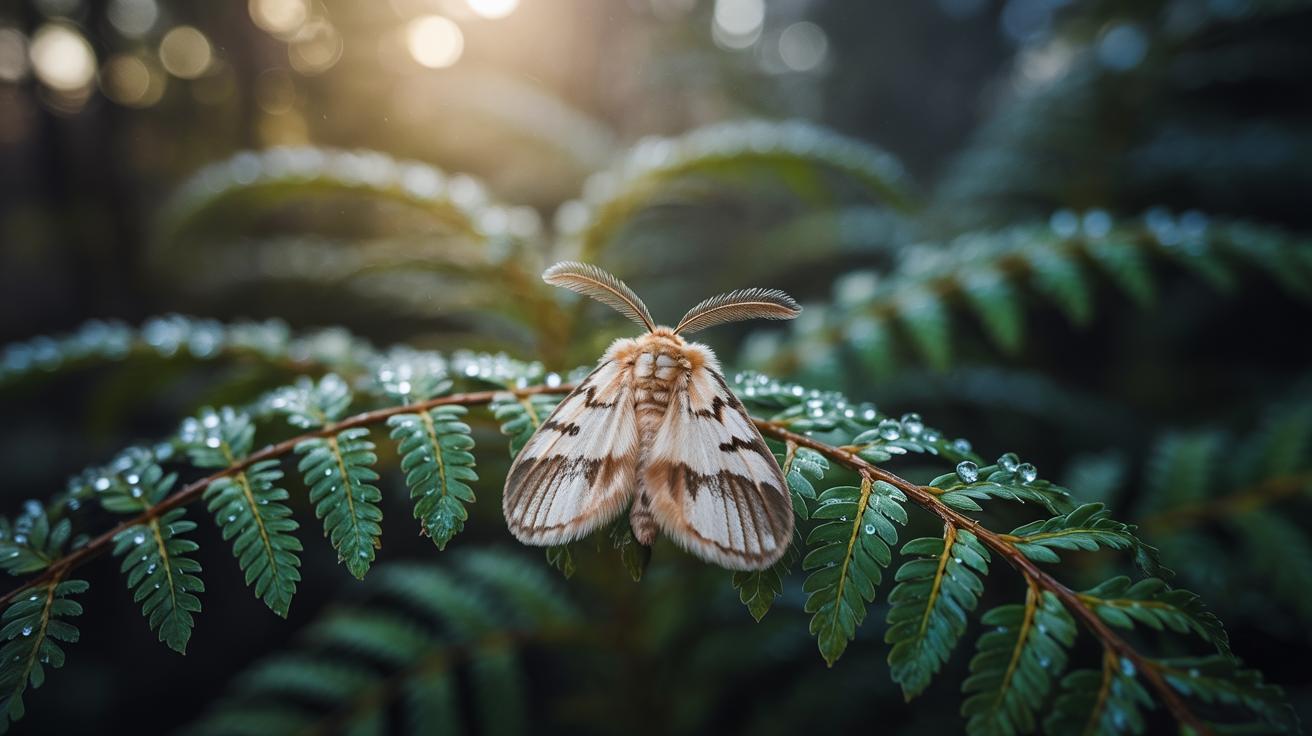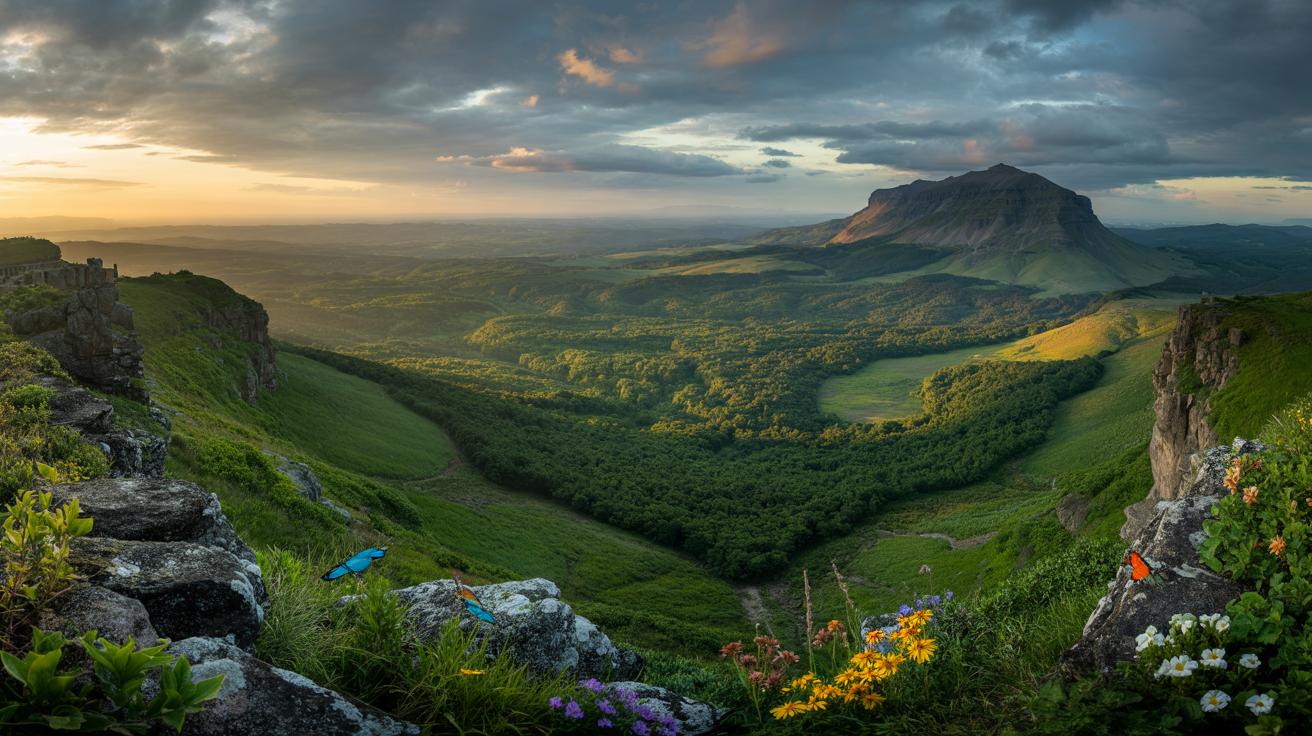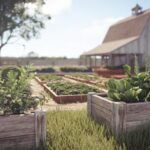Introduction
Butterfly gardening intertwines beauty with nature conservation. It offers you a way to invite butterflies, skippers, and moths into your outdoor space by creating and maintaining habitats that support their life stages—egg, larva, chrysalis, and adult. Every stage requires specific plants and environmental conditions. Including the right combination of host and nectar plants ensures that you provide resources for caterpillars and adult butterflies alike. Proper site selection, considering sunlight and shelter, plays a fundamental role in your garden’s success.
Building a butterfly garden can also increase your local biodiversity. It can positively impact other pollinators such as bees and flies. You can help counter habitat loss caused by urban development and pesticide use. Your garden becomes more than a colorful display; it becomes a refuge. Are you ready to explore the key plants and gardening tips that will attract diverse butterfly species? This guide covers practical steps and essential choices that will transform your garden into a thriving butterfly oasis.
Understanding the Life Cycle of Butterflies
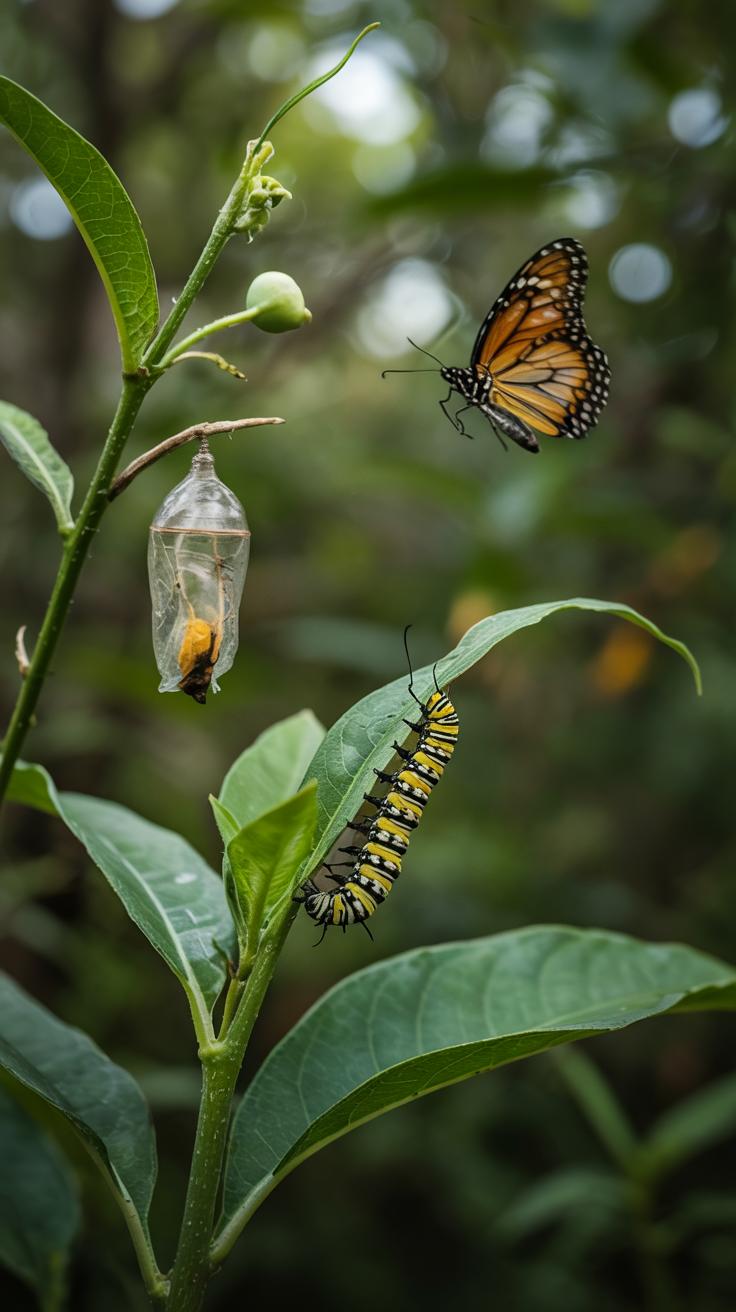
Butterflies go through four stages: egg, larva, chrysalis, and adult. Each stage depends on specific plants and conditions. The egg needs a safe spot, often found on host plants. Larvae, or caterpillars, rely on these same plants for food. They eat leaves to grow strong. The chrysalis stage requires shelter and protection to keep safe while the butterfly forms inside. Adults need flowers for nectar and other food sources to fuel their flight.
You can increase your butterfly garden’s success by supporting every stage. Planning your garden means choosing plants that serve eggs and caterpillars as well as nectar-rich blooms for adults. The environment must offer shade, moisture, and protection from wind. When you meet these needs, you create a balanced space where butterflies thrive at all life stages. What choices will you make to build this complete habitat?
Egg and Larva Requirements
Butterflies lay their eggs on specific host plants. These plants serve as the first home for the eggs and the main food source for larvae. Caterpillars feed on the leaves to gain nutrients necessary for growth. A plant becomes a good host if it is non-toxic and provides enough food.
If you add milkweed for monarchs or parsley for swallowtail caterpillars, you help larvae survive. Without the right host plants, eggs may not hatch, or larvae might starve. Choosing these plants means you support the earliest and most vulnerable stages of the butterfly. Think about which butterflies are common in your area and plant their hosts to increase survival chances.
Chrysalis and Adult Stage Needs
The chrysalis stage needs quiet, sheltered spots. Butterflies often attach their chrysalis under leaves or branches. They require protection from weather and predators during this time. You can help by growing shrubs or tall grasses to serve as natural shelters.
Adult butterflies need abundant nectar from a variety of flowering plants. Different species prefer different flowers. Offer blooms like coneflowers, zinnias, and lantana to attract many kinds. Some butterflies also feed on rotting fruit or tree sap. Including a small fruit pile or a decaying fruit spot can satisfy these needs.
Diverse plants keep adults healthy and encourage them to stay and reproduce. How many different plants can you add to meet these needs and create a rich feeding ground for adult butterflies?
Choosing the Right Location For Your Butterfly Garden
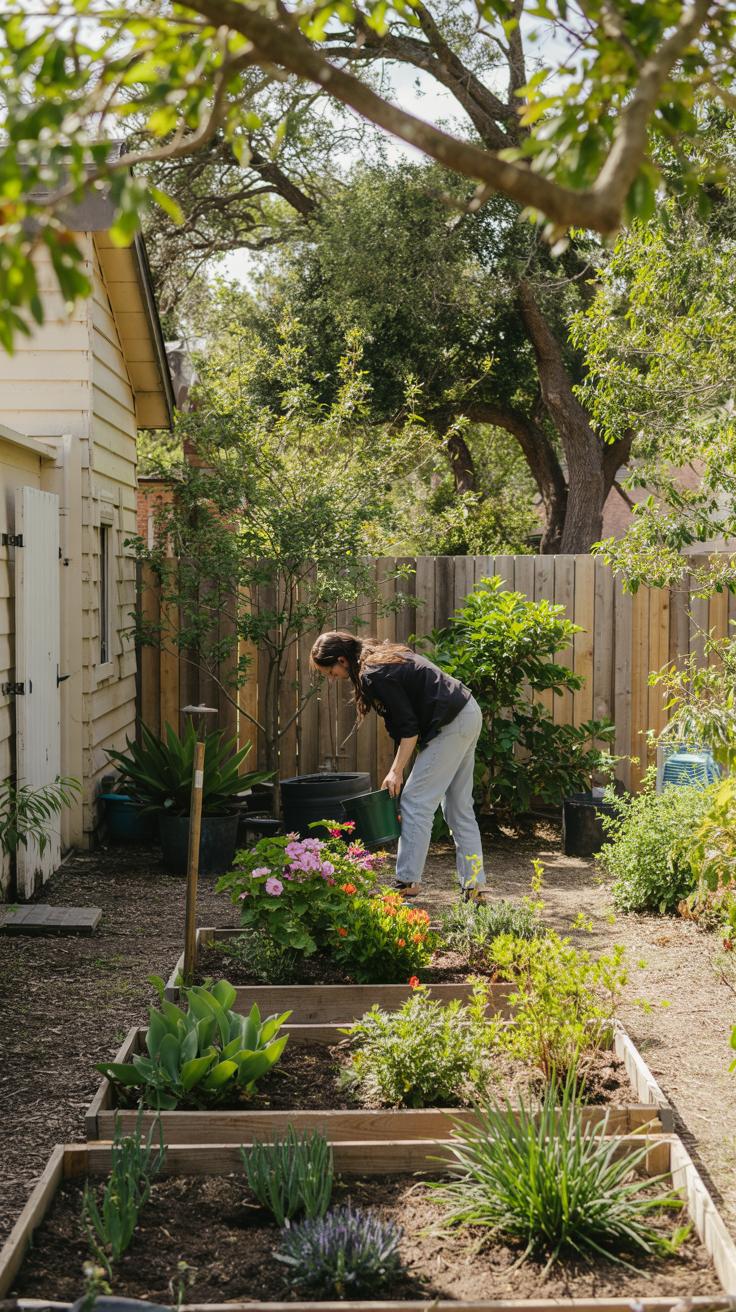
Picking the best spot for your butterfly garden shapes its success. Butterflies need warmth and safety. Look for a place that receives steady sunlight throughout the day. A south-facing slope in the northern hemisphere provides more sun exposure, helping the garden stay warm longer and encouraging butterfly activity.
Wind can disturb butterflies, making them avoid your garden. Natural windbreaks like shrubs or trees lessen strong gusts, creating a calm microclimate. Existing plants nearby often support butterfly presence by offering shelter or food sources. Think about how these natural features protect your garden and make it inviting.
Ask yourself: Does the location get enough sun? Are there natural barriers to block wind? Choosing wisely means your garden offers the right environment for butterflies to feed, rest, and complete their life cycle.
Sunlight and Temperature
Butterflies depend on sunlight for warmth, which powers their movement and feeding. Without enough sun, their metabolism slows, and they struggle to fly. Find a spot where the sun reaches the plants most of the day, especially during morning hours when butterflies warm up.
Plants in full sun will attract more butterflies. Temperature rises caused by sunlight also support egg-laying and caterpillar growth. Place your garden where shaded spots do not block light from important nectar and host plants. This simple step greatly improves butterfly activity in your space.
Wind and Shelter
Strong winds make it hard for butterflies to gather nectar or lay eggs. Windbreaks help by reducing airflow. Native trees like serviceberry, dogwood, or sassafras form natural walls that shield your garden while providing food and places for larvae to grow.
Shrubs and taller plants also offer protection and resting spots. Overwintering butterflies often seek shelter in tree bark or dense branches. Planting windbreak species helps create these safe zones. Ask what trees naturally grow in your area and how they benefit butterflies in each stage of life.
Selecting Native Plants for Habitat Health
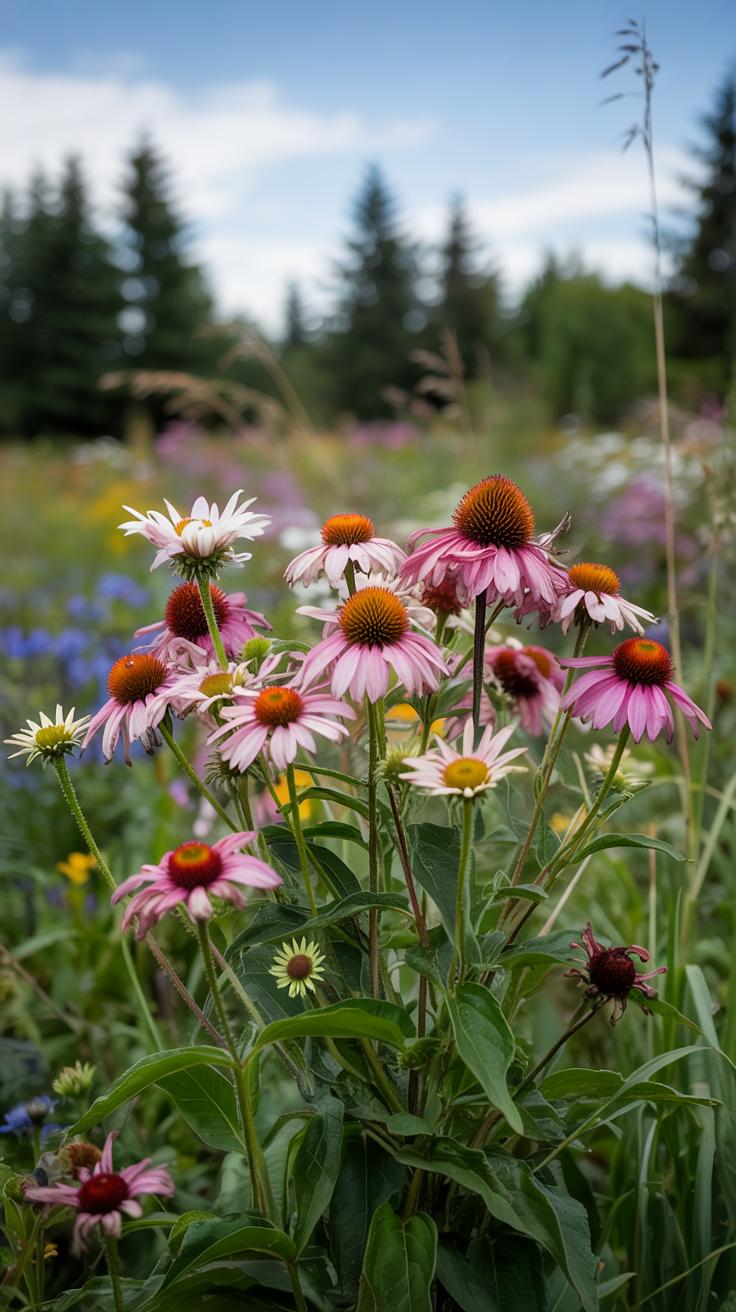
Using native plants in your butterfly garden creates a strong habitat for local butterflies and pollinators. These plants evolved alongside native butterflies, offering the right food and shelter at every stage of their life. When native plants thrive, butterfly survival rates increase because caterpillars find suitable leaves, and adult butterflies access familiar nectar sources.
Non-native plants often lack these essential qualities. They may provide less nutrition or disrupt butterfly behavior, reducing chances for feeding, reproduction, and growth. Some invasives can crowd out native species, cutting off vital resources for local pollinators. How does your garden support the butterflies that live nearby?
Local plant databases and lists help you pick native species that fit your region’s climate and soil. Using tools designed for your area ensures that you include host plants for caterpillars and nectar plants for adults. This careful selection builds a balanced garden where butterflies can complete their life cycles.
Benefits of Native Plants
Native plants and native butterflies developed together over thousands of years. This relationship means butterflies depend on specific plants to meet their needs. Caterpillars can only eat certain native leaves, while adult butterflies rely on familiar flowers for nectar.
Your garden’s health improves when native plants grow well because they provide food and shelter that insects recognize. Butterflies in native plant gardens tend to be healthier and more active. This makes your garden a lively place to watch and helps local ecosystems stay strong.
Have you noticed a difference in butterflies visiting native versus non-native plants? Supporting native species often leads to better feeding success and higher survival rates for these delicate insects.
Resources to Find Native Plant Species
Finding the right native plants starts with trusted resources. The USDA PLANTS Database offers detailed information about plants native to each state, helping you find species suited to your area.
Lepidoptera societies also share valuable plant lists, focusing on butterflies and moths. They recommend host and nectar plants proven to attract and support local butterflies. You can search by region to find plants that match your garden’s needs.
Using these tools puts the power in your hands to build a butterfly garden that truly supports your local wildlife. What native plants will you choose to make your garden a thriving oasis?
Host Plants Caterpillars Need for Growth
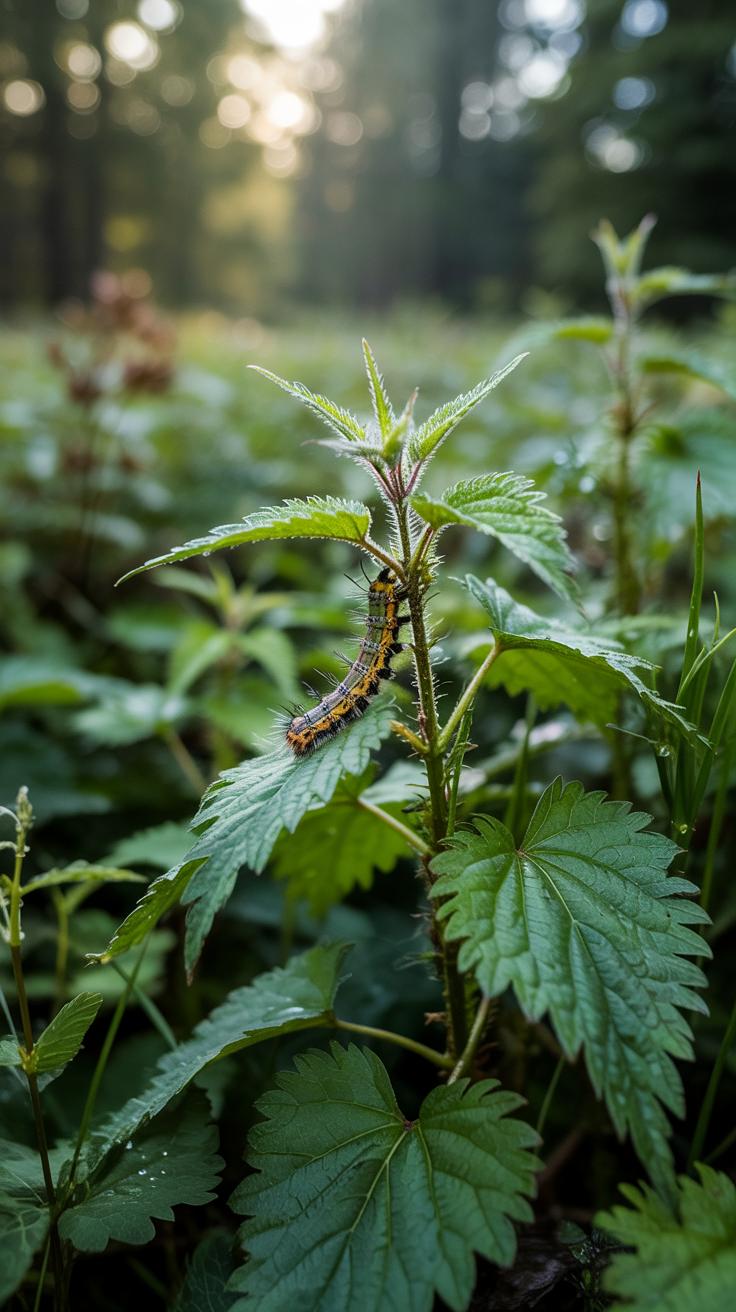
Caterpillars rely on specific host plants for food and development. These plants match their dietary needs perfectly, allowing the larvae to grow strong enough to metamorphose into butterflies. You can encourage butterflies to lay eggs in your garden by including the right host plants. Each butterfly species prefers certain plants for its caterpillars, so picking these carefully benefits the entire lifecycle.
For example, monarch caterpillars feed exclusively on milkweed. Without milkweed, monarch larvae cannot survive. Other butterfly species also have tailored preferences. Black swallowtail caterpillars thrive on parsley, dill, and fennel. Painted lady caterpillars eat thistles and mallows. Understanding the plant-to-caterpillar link helps you create a garden where eggs hatch successfully, and caterpillars have abundant food sources.
Are you ready to support every stage of butterfly life in your garden? Selecting the right host plants not only aids caterpillar growth but also increases butterfly visits and reproduction. It gives your butterfly garden a foundation for a complete and thriving ecosystem.
Popular Host Plants for Common Butterflies
Milkweed stands out as the main host plant for monarch butterflies. It grows well in sunny spots and tolerates a range of soil types. Planting milkweed clusters helps monarchs find safe places to lay eggs. Violets are favored by fritillary butterflies. These low-growing plants thrive in shaded or partly shaded areas and provide food for caterpillars.
Passionflower vines serve as host plants for gulf and zebra longwing butterflies. Their climbing nature makes them ideal for vertical garden spaces or fences. Parsley, fennel, and dill attract black swallowtails. Their feathery leaves work well in herb gardens or borders. Placing host plants according to each species’ natural habits encourages butterfly breeding.
Where can you fit these host plants in your garden? Combining sunny beds for milkweed with shaded areas for violets creates variety. Think about how the plant’s growth style matches your space to enhance caterpillar survival.
Creating a Host Plant Garden Area
Setting aside a specific section for host plants helps improve butterfly reproduction. Grouping these plants together creates easy access for female butterflies to find egg-laying sites. Such a dedicated zone mimics natural butterfly habitats, making your garden more inviting.
Design your host plant garden near nectar sources to support both caterpillars and adults. Choose plants that vary in height and leaf structure to accommodate different species. Keep the area free from pesticides and avoid trimming heavily during breeding seasons to protect eggs and larvae.
How will you arrange your host plant space? Consider placing taller plants at the back and shorter ones in front to maximize sunlight and visibility. Adding signs or labels can also help you track which butterfly species use each plant and increase your care knowledge.
Providing Nectar Plants for Adult Butterflies
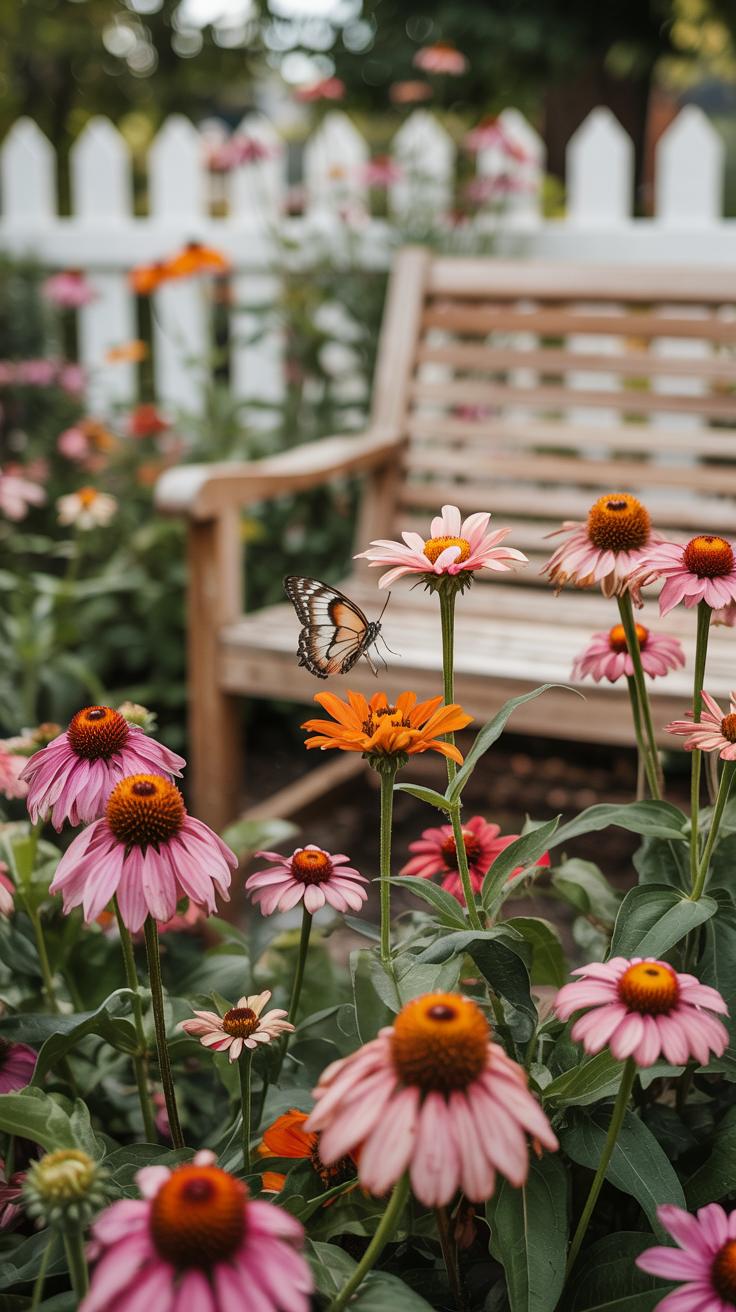
Adult butterflies rely on nectar for energy and survival. Nectar-rich flowers supply sugars that fuel their flight and reproduction. Without adequate nectar sources, butterflies will struggle to thrive in your garden.
Choosing plants that bloom at different times keeps a steady nectar supply available throughout the seasons. For example, phlox blooms in spring, coneflowers in summer, and goldenrod in fall. This variety encourages butterflies to stay longer and visit more frequently.
Flower colors also influence butterfly attraction. Bright reds, purples, oranges, and yellows stand out to various butterfly species. Mixing tall plants like Joe-Pye weed with shorter ones such as milkweed creates layers that attract butterflies flying at different heights.
Can you spot which flowers draw the most butterflies in your area? Paying attention can help you refine your plant choices and create a garden that supports butterflies year-round.
Diversity in Nectar Plants
Including a wide range of flowering plants invites many butterfly species into your garden. Core plants like butterfly bush (Buddleja), lantana, and swamp milkweed attract diverse butterflies. Plant asters and goldenrod to provide late-season nectar. Species like zinnias and cosmos bloom through summer and support constant feeding.
Different bloom times keep nectar sources ready when others fade. Early spring flowers like redbud trees or native violets can kickstart butterfly activity. Summer bloomers such as bee balm and coreopsis bridge the middle season. Having this staggered schedule offers reliable food for adults.
Do you have gaps in your garden’s bloom calendar? Consider adding plants with complementary flowering periods to maintain nectar availability.
Plant Placement and Garden Design
Grouping nectar plants in clusters makes it easier for butterflies to find and feed. Instead of scattering flowers individually, place several of the same species close together. This increases visibility and reduces the energy butterflies spend searching for food.
Arranging plants by height also enhances butterfly access. Tall flowers should be toward the back or center, with shorter plants at the front. This design allows butterflies to land and move seamlessly between blooms.
Planting nectar sources near sunny, sheltered spots can improve butterfly visitation. Butterflies prefer warm areas with protection from strong winds. Have you noticed butterflies favoring certain parts of your garden? Use this insight to plan cluster locations.
Supplemental Resources To Enhance Butterfly Attraction
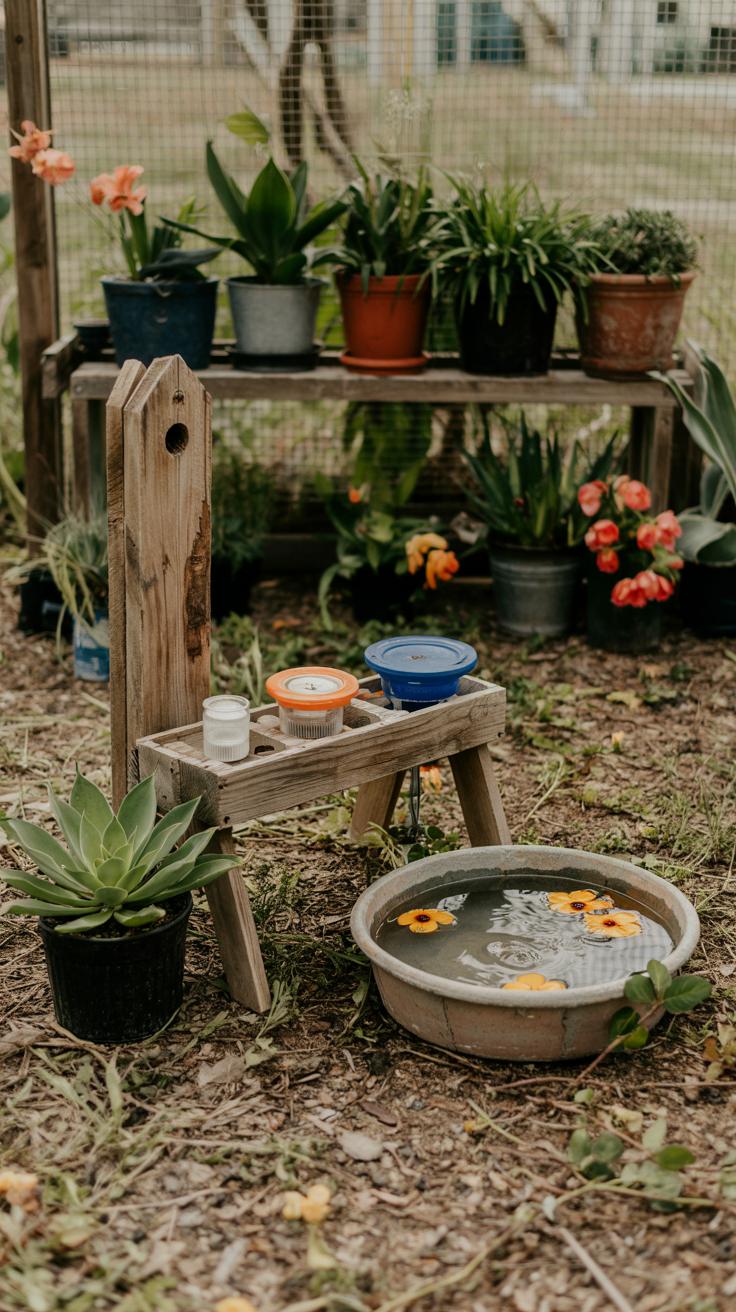
Butterflies need more than just flowers to thrive in your garden. Providing extra features like butterfly bait stations, rotting fruit, tree sap, and puddling areas helps meet their nutritional needs beyond nectar. These additions attract species that prefer minerals, salts, and sugars found in decomposing fruit or sap. Offering a variety of nourishment supports their energy and reproductive health throughout their life stages.
Rotting fruit placed on a flat surface invites butterflies like the Mourning Cloak and Hackberry Emperor. Tree sap residue near bark also draws certain butterflies, especially when they seek easy sugar sources. Puddling grounds supply essential salts and moisture, crucial for males during mating season.
How could you blend these resources naturally into your garden design? Using natural elements builds a habitat that sustains different butterfly behaviors. By expanding beyond nectar plants, you nurture a butterfly environment that meets every need.
Creating Butterfly Bait Stations
You can prepare simple bait stations with fermented fruit mixtures to attract butterflies that prefer fruit and sap. Start by mashing ripe bananas, oranges, or apples. Mix in a little sugar and water, then let it ferment outdoors for a few days. This creates a sweet, strong aroma that butterflies find irresistible.
Place the mixture in shallow dishes or on flat plates in sunny spots of your garden. Refill the bait stations every few days to maintain freshness. Some species, like the Red Admiral or Question Mark, will visit regularly. Adding a bit of overripe fruit nearby boosts attraction even more.
Have you tried making your own bait station? Watching butterflies gather on these spots shows the extra layer of support you provide beyond flowers.
Building a Puddling Ground
Setting up a puddling ground offers butterflies a place to drink minerals and water, especially important for males. You can create one by filling a shallow container or section of garden with moist sand, dirt, or clay. Keep it damp but not flooded.
Adding small amounts of salt or crushed eggshells to the puddling spot encourages butterflies to land and drink the necessary nutrients. Position the area in a sunny location, free from wind and disturbance. Butterflies often visit puddling sites in groups, soaking up minerals needed for reproduction.
Have you noticed butterflies gathering in wet soil or mud? Providing a dedicated puddling area in your garden invites this beneficial behavior and supports butterfly survival in ways flowers alone cannot.
Maintaining Your Butterfly Garden
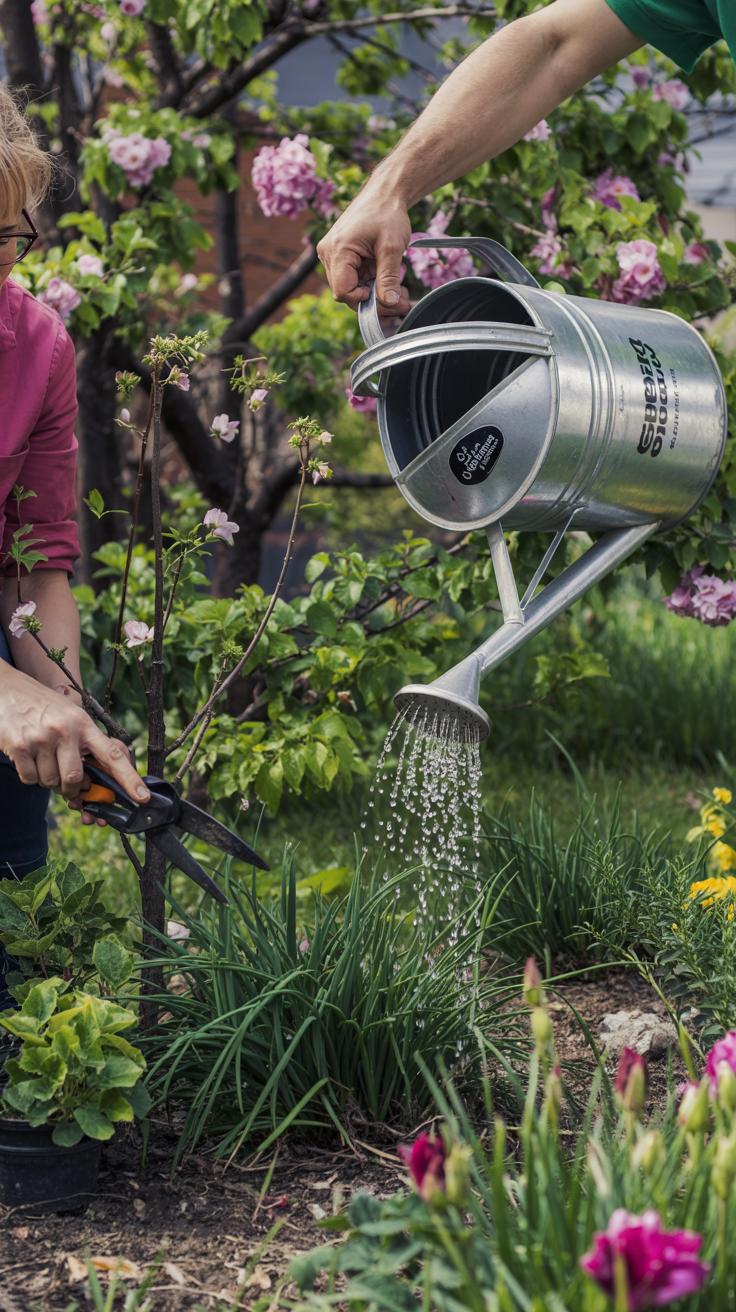
Keeping your butterfly garden healthy requires regular care. Water your plants deeply but avoid soaking the soil. Overwatering can lead to root rot and weak flowers, which butterflies tend to avoid. Check soil moisture before watering to ensure your plants get just what they need.
Weeding helps prevent competition for nutrients and sunlight. Remove weeds carefully to avoid disturbing butterfly larvae and pupae hiding nearby. Avoid pesticides and herbicides since these chemicals harm butterflies at all stages of their life cycle.
Prune plants periodically to encourage fresh growth and keep flowers accessible. Deadheading spent blooms supports continuous flowering, which butterflies depend on over time.
Watch your garden regularly. Notice what plants thrive and which don’t. Changes in weather or pests may require adjusting plant choices or rearranging sections. Have you tried replacing fallen plants with native flowering species? Small tweaks can improve habitat quality and butterfly attraction.
Water and Soil Maintenance
Set a watering routine based on your garden’s needs, not a fixed schedule. Check soil moisture before watering to avoid excess water. Early morning watering reduces evaporation and keeps leaves dry, limiting fungal problems.
Improving soil with organic matter like compost boosts nutrients and drainage. Rich soil supports stronger roots and healthier flowers. Mulching around plants retains moisture and helps regulate soil temperature.
Test your soil’s pH and amend it if necessary to suit the plants you’ve chosen. For instance, milkweed prefers neutral to slightly acidic soil, so adjusting pH can improve its growth. Remember, healthy soil means healthy plants for your butterfly visitors.
Avoiding Harmful Chemicals
Chemicals like pesticides and herbicides damage butterflies by killing larvae and contaminating nectar. This can reduce butterfly survival rates and disrupt your garden’s balance.
Manual controls such as handpicking pests or using barriers protect butterflies without toxic effects. Organic treatments like neem oil or insecticidal soap work against harmful insects but are safer for beneficial ones.
Encouraging natural predators, such as ladybugs or lacewings, helps manage pest populations. Consider planting companion species that repel unwanted insects naturally.
How do you handle pests? Choosing safer methods helps protect every stage of a butterfly’s life and keeps your garden a safe, thriving haven.
Creating a YearRound Butterfly Friendly Environment
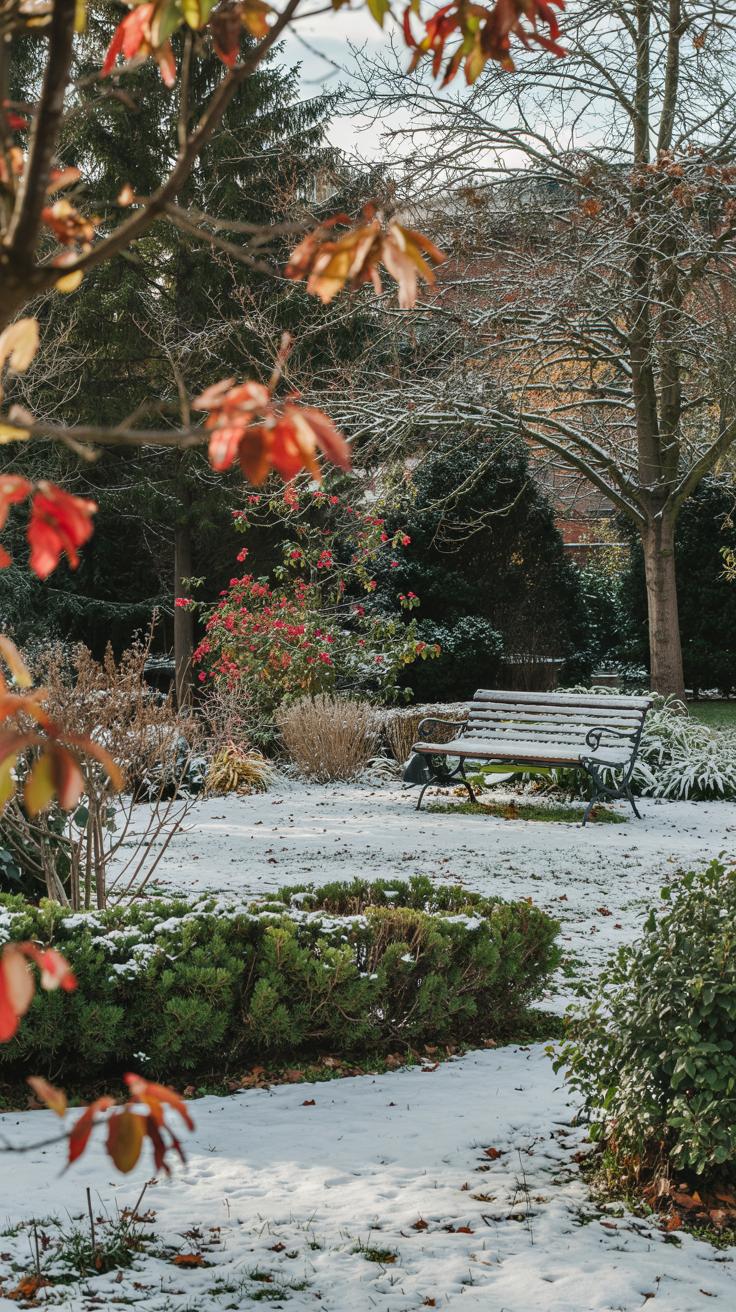
Supporting butterflies outside the main growing season helps your garden stay lively through spring, fall, and winter. You can plant winter-flowering species like witch hazel or hellebores, which provide rare nectar when most plants are dormant. Evergreen shrubs such as boxwood or holly give shelter and warmth during chilly months. These plants create safe overwintering spots where butterflies can rest in leaf litter or bark crevices.
Choosing flowers that bloom at different times ensures butterflies always find food. Stagger your plant selection so some bloom in early spring, others through summer, and a few late into fall. This steady nectar supply supports every stage of butterfly life and encourages them to return year after year. How well does your garden meet the needs of butterflies all year?
Winter and Early Spring Habitats
Evergreen and woody plants serve as vital refuges during cold months. Plants like eastern red cedar, mountain laurel, and holly provide both shelter and limited food when flowers disappear. Cool-season shrubs hold berries and offer thick coverage from harsh winds and frost.
Butterflies often hide beneath dense branches or bark layers. Leaving dead leaves or brush piles nearby helps create natural overwintering spots. By choosing hardy plants and providing protective cover, you improve survival chances for butterflies waiting out winter in your garden. Which evergreens could you add to offer refuge through the coldest months?
Extending Bloom Time Through Plant Selection
Plants that flower in early spring or late fall keep the nectar flowing when many others have finished. Crocus, snowdrops, and native witch hazel bloom in early spring and are among the first food sources for emerging butterflies.
For fall blooms, asters, goldenrod, and sedum supply late-season nectar. Planting these will bridge seasonal gaps and attract butterflies preparing to migrate or overwinter. Think about how your garden’s timeline of blooms supports butterflies during their most vulnerable periods. What could you plant to make your garden bloom from March through November?
Measuring the Impact of Your Butterfly Garden
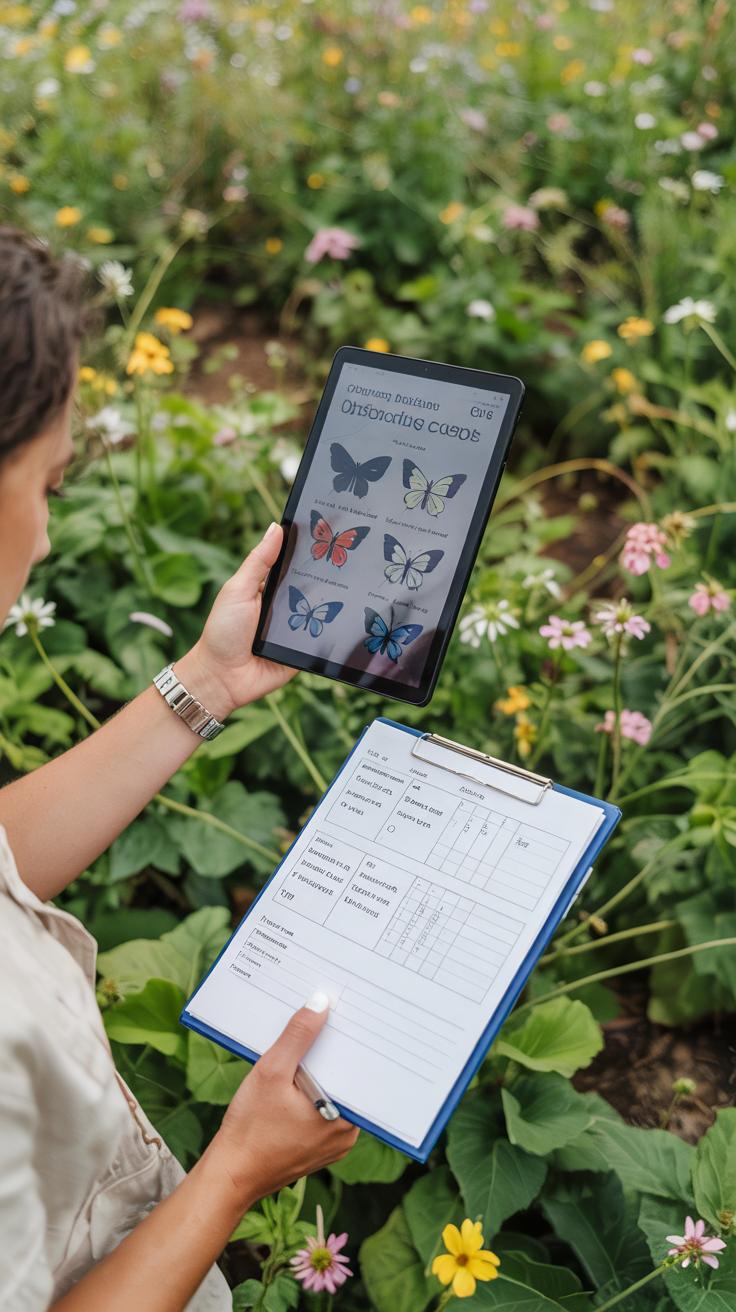
Tracking the types and numbers of butterflies in your garden shows how well it supports local species. When you watch closely, you notice which butterflies visit most often, when they appear, and how their behavior changes. Keeping a garden journal helps you record these details clearly. You can note the date, weather, plants visited, and butterfly activities.
Photography provides an easy way to capture butterfly visits. Photos help identify species you can’t name on the spot. They also create a visual timeline of your garden’s health. Over time, this data reveals patterns. You may see increases in certain butterflies or notice new species arriving. These observations guide you in adjusting plant choices and garden care.
Sharing your findings adds value beyond your own garden. Your records can support local conservation groups working to protect butterflies. How might your notes influence efforts to preserve crucial habitats? What small changes could boost butterfly well-being further?
Recording Observations
Write down every butterfly species you observe, along with the numbers seen. Track these sightings regularly—daily or weekly if possible. Over seasons, you may spot butterflies emerging in spring, peaking in summer, and dwindling in fall.
Note unusual events, like sudden arrivals or fewer visits. Including weather conditions like rain or temperature adds depth. Observe not just visitors but butterfly behaviors too—where they rest, feed, or lay eggs.
Consistent notes help you understand your garden’s seasonal rhythm. Are some plants used more during certain months? Which butterflies stick around longest? Recording these details makes your garden a living record of local butterfly life.
Sharing Findings and Community Involvement
Joining local butterfly groups or citizen science projects lets you share your observations. These groups welcome your reports and help you identify species. You can compare your garden’s data with others nearby.
Your contribution adds to a wider pool of knowledge about butterfly trends and challenges. Many projects have apps where you can upload photos and notes quickly. This is a simple way to stay connected with experts and fellow enthusiasts.
Collaborating with your community raises awareness about butterfly conservation. What could happen if neighboring gardens also joined these efforts? Together, you could create stronger habitats supporting butterflies across your area.
Expanding Your Butterfly Gardens Reach
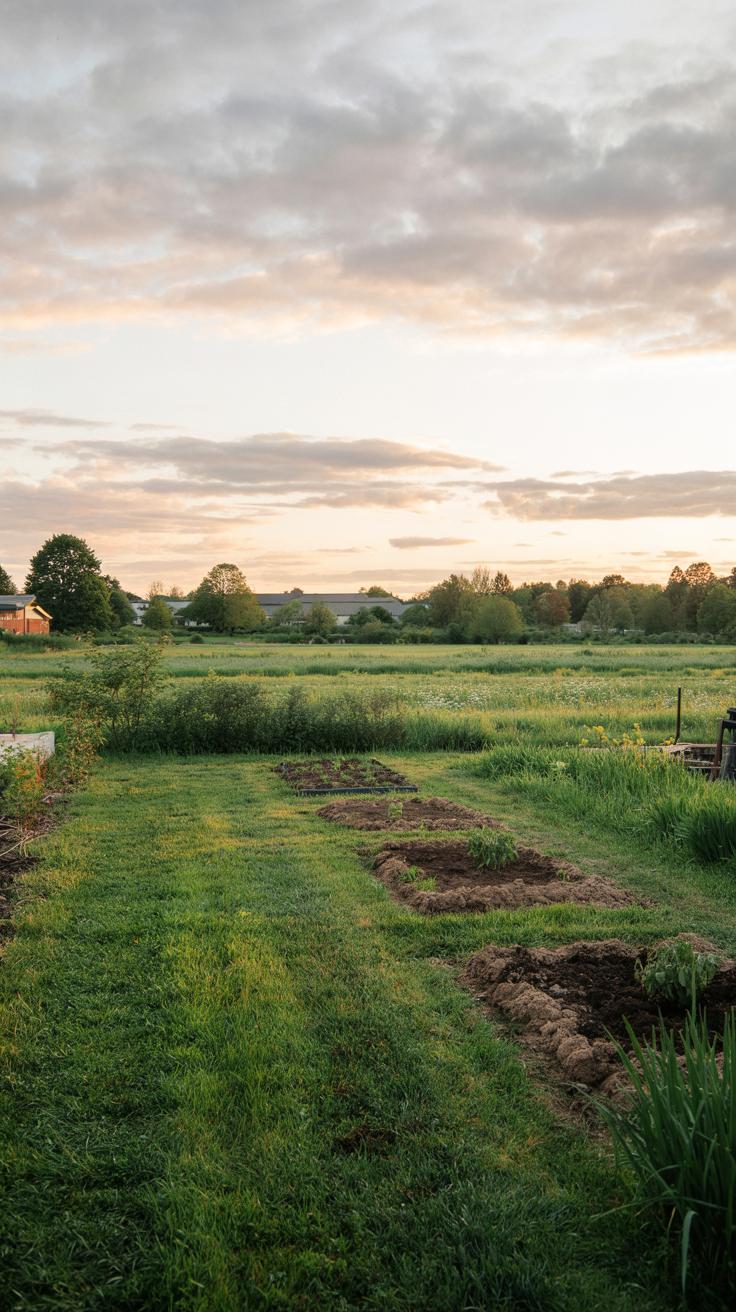
Linking your butterfly garden with nearby habitats strengthens its ecological value. When you connect gardens, butterflies can travel safely between spaces, helping avoid isolation. This movement supports healthier populations and increases genetic diversity, which is key to their survival.
Creating green corridors is one way to achieve this. Small strips of native plants or nectar sources can act as stepping stones for butterflies moving across neighborhoods. You can work with neighbors to design these paths, encouraging them to plant butterfly-friendly blooms. Have you noticed how butterflies tend to visit clusters of colorful flowers? More connected gardens mean they find food and shelter more easily.
Support local efforts or conservation groups aiming to link green spaces. You could suggest mapping existing gardens and identifying gaps to fill. Small changes, like reducing pesticide use, also help make these corridors safer. Inviting your community to join in transforms gardening from a solo hobby into a shared mission to protect butterflies.
Connecting with Local Green Spaces
Linking your garden with other green spots allows butterflies to move freely between them. This movement prevents inbreeding and keeps local butterfly populations strong. When butterflies can mix genes, they adapt better to changes in weather, food availability, and predators.
How many butterfly gardens exist around your area? Think about walking or biking routes that pass through parks or schoolyards. Each patch of native plants becomes part of a larger network. Even small gardens make a difference when placed close enough for butterflies to travel to.
You might try planting species that support multiple butterfly types to attract various visitors. Coordinating plant choices with neighbors enhances the network’s diversity. Connecting greenspaces benefits pollinators beyond butterflies, creating a healthier environment for birds, bees, and other wildlife.
Promoting Butterfly Gardening in Your Community
You can bring people together to grow butterfly-friendly spaces. Organize workshops to teach planting and care techniques. Hands-on events encourage others to join without feeling overwhelmed. Sharing seeds and plants helps spread native species adapted to your climate.
Ask local schools, libraries, or garden clubs to host talks on the importance of butterfly conservation. Use social media or newsletters to share photos, success stories, and tips. Have you thought about leading a seed swap event? It’s a simple way to build enthusiasm and resources.
Through education, you help others see how butterfly gardening supports ecosystems. Increasing awareness inspires more people to choose plants that feed and shelter butterflies. When a community acts together, the impact expands far beyond your own garden fence.
Conclusions
Establishing a butterfly garden demands thoughtful choices about plants and garden placement. Selecting native and host plants tailored to the local butterfly species boosts your garden’s effectiveness. Providing nectar for adults, host leaves for caterpillars, and sheltering spots creates a complete habitat. Incorporating diverse plant heights, bloom times, and colors maintains interest and supports butterflies throughout seasons. Maintaining your garden also includes ensuring constant resources like water and avoiding harmful chemicals.
Your butterfly garden can become a rewarding part of your environment. Observing butterflies’ life cycles daily connects you with nature meaningfully. The positive effects on pollinators ripple outward, supporting broader ecosystem health. Will you start your garden with a clear plan and care routine? Taking steps to build and nurture your butterfly habitat can foster a vibrant, flourishing space filled with winged visitors.


